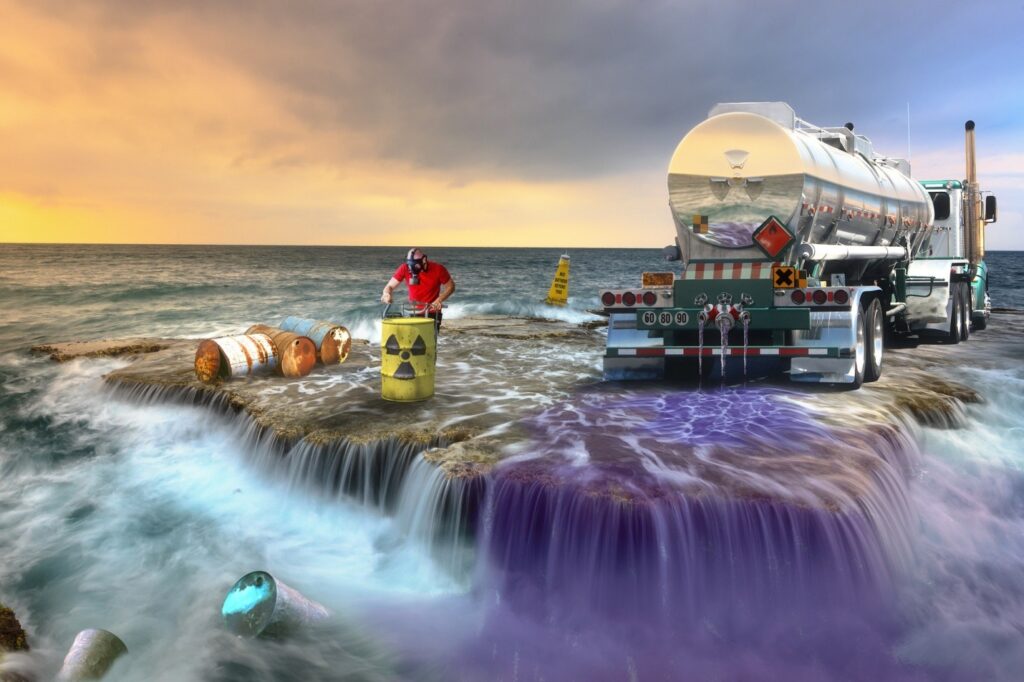Rumored Buzz on Reclaim Waste
Rumored Buzz on Reclaim Waste
Blog Article
The Definitive Guide for Reclaim Waste
Table of ContentsIndicators on Reclaim Waste You Should KnowUnknown Facts About Reclaim WasteThe 7-Minute Rule for Reclaim WasteThe Single Strategy To Use For Reclaim WasteThe Definitive Guide to Reclaim Waste
Residential sewer waste refers to the waste and products from a household septic tank. The proper administration and disposal of residential sewage waste need liquid waste to be transferred to a sewage treatment plant where the correct methods and equipment are used to cleanse and dispose of waste.
Business waste frequently includes possible dangers, such as combustible products or a mix of liquid and strong waste items, and calls for an advanced and detailed disposal procedure. The disposal of commercial waste commonly involves the purification of waste before transportation to guarantee safe and correct disposal. Hazardous waste is produced from results and runoff of commercial procedures and manufacturing.
This sort of waste can not use the same sewage administration transportation or processes as septic or business liquids. The hazardous waste management procedure requires the examination and testing of liquid waste before it undertakes the disposal procedure (liquid waste disposal melbourne). Overflow waste is the liquid waste that comes from runoff and excess stormwater in very inhabited areas or cities
Drainage waste can cause contamination and flooding if not dealt with correctly. Discover more about drain cleansing and waste management. Guaranteeing proper waste administration can stop catastrophes and decrease ecological damage. Both individuals in residential settings and experts in commercial or manufacturing industries can gain from comprehending the procedures and guidelines of fluid waste administration.
Some Known Details About Reclaim Waste
Contact PROS Providers today to discover our waste administration and disposal solutions and the correct means to look after the fluid waste you produce.
(https://ameblo.jp/reclaimwaste1/entry-12874802223.html)Do you know what happens to your water when you end, purge the bathroom or drain pipes the cleaning equipment? No? Well, it deserves understanding. This so-called 'wastewater' is not only an essential resource but, after therapy, will certainly be launched to our land, rivers or the ocean. Made use of water from toilets, showers, baths, cooking area sinks, washings and industrial procedures is recognized as wastewater.

water made use of to cool machinery or tidy plant and equipment). Stormwater, a kind of wastewater, is overflow that streams from farming and metropolitan locations such as roofings, parks, yards, roadways, paths and seamless gutters right into stormwater drains pipes, read after rainfall. Stormwater moves neglected directly to local creeks or rivers, ultimately getting to the ocean.
About Reclaim Waste
In Queensland, a lot of wastewater is treated at sewer treatment plants. Wastewater is transported from residential or commercial sites with a system of sewers and pump stations, known as sewerage reticulation, to a sewage therapy plant.
The Department of Natural Resources recommends city governments regarding managing, operating and keeping sewage systems and treatment plants. In unsewered areas, regional federal governments may require homeowners to install private or home sewer therapy systems to deal with domestic wastewater from commodes, kitchen areas, washrooms and washings. The Department of Natural Resources authorizes the use of home systems when they are proven to be efficient.
In some new communities, therapy of some stormwater to get rid of trash, sand and gravel has actually started making use of gross toxin catches. Wastewater therapy occurs in four phases: Eliminates strong matter.
Wastewater after that flows into big tanks where solids clear up and are eliminated as sludge. Oil and scum are skimmed from the surface. Utilizes tiny living organisms referred to as micro-organisms to damage down and eliminate staying dissolved wastes and fine particles. Micro-organisms and wastes are included in the sludge. Eliminates nitrogen and phosphorus nutrients that could create algal blooms in our rivers and intimidate marine life.
Our Reclaim Waste Statements
Nutrient removal is not available whatsoever sewage therapy plants due to the fact that it requires pricey specialist devices. It is coming to be much more common in Queensland. Clear liquid effluent produced after therapy may still contain disease-causing micro-organisms. If this effluent is launched into waterways such as rivers or the sea, the micro-organisms will at some point die out.

This generally suggests wastewater has to be dealt with or impurities removed prior to it can be discharged to rivers. The majority of wastewater flows into the sewerage system. Under the Act, regional federal governments carry out authorizations and licences for ecologically appropriate activities (ERAs) entailing wastewater releases that might have a local influence. The division provides approvals and permits to ERAs including wastewater releases that could have a local or statewide impact.
What Does Reclaim Waste Do?
Monitoring offers accurate info regarding water quality and can confirm that licence conditions are being met. The info acquired with surveillance offers the basis for making water high quality decisions.
Report this page